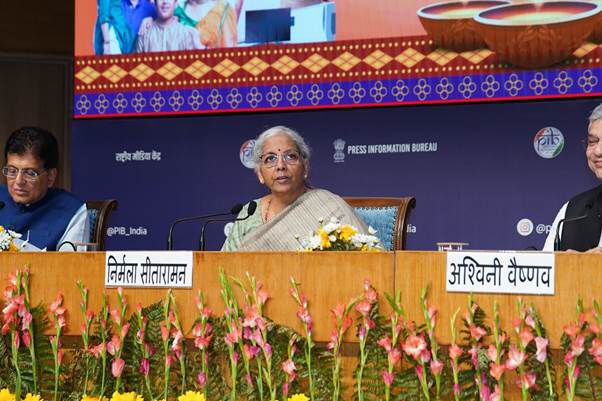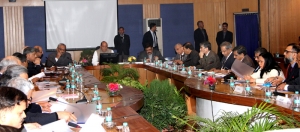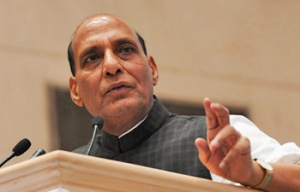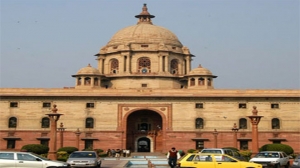Next-Gen GST Reforms Boost Consumer Savings and Drive Growth in Auto and Electronics

New Delhi, October 19, 2025 The government’s next-generation GST reforms are showing clear benefits for consumers and industries, Finance Minister Nirmala Sitharaman said on Saturday. Speaking at a GST Bachat Utsav event alongside Commerce Minister Piyush Goyal and Electronics Minister Ashwini Vaishnaw, she highlighted that revised GST rates on 54 key products are fully reaching end users, with monitoring confirming compliance and lower prices. The reforms, implemented from September 22 during Navratri, include simplified processes, reduced tax slabs from four to two, and resolution of classification issues. Sitharaman said the changes reflect a deliberate policy by the government and the GST Council to provide tangible benefits to citizens, unlike previous attempts. “Our goal is to pass on greater advantages to the people,” she said. The Finance Ministry is tracking prices to ensure savings reach households, and the results so far have been positive. Goyal described the reforms as a “double dhamaka” of relief and prosperity, affecting over 140 crore Indians. He pointed out that measures like the tax rate reductions and earlier income tax reforms announced in February have increased disposable income, encouraging spending and investments. The minister noted that the auto sector has seen historic sales during Navratri, with major companies like Maruti, Mahindra, and Tata reporting record performance. Vaishnaw highlighted the electronics sector, reporting a 20-25 percent increase in sales compared to last year. High-demand products included televisions, washing machines, smartphones, and air conditioners, with large-screen TVs selling out quickly. The reforms have encouraged families to upgrade appliances, reflecting rising consumer confidence. Manufacturing has also benefited, with double-digit growth and the creation of over 25 lakh jobs nationwide. The ministers pointed out that the reforms have stabilized the economy and helped middle-class households. Food inflation has shown a deflationary trend of around 2 percent over four months, supporting affordability. India’s consumption-driven growth is reflected in GDP, with Rs 202 lakh crore from consumption and Rs 98 lakh crore from investment last year. GST reforms have increased consumer spending by nearly 10 percent this year, contributing around Rs 20 lakh crore to the economy. India’s electronics and smartphone industries are also expanding globally. Vaishnaw noted that India now produces 20 percent of a major global firm’s smartphone output for the US market. Additionally, production has begun at two semiconductor facilities, CG Semi and Kaynes, marking progress toward self-reliance. Overall, the next-gen GST reforms are helping households save money, boosting business in the auto and electronics sectors, and supporting wider economic growth. By combining tax relief with simplification and monitoring, the government aims to sustain consumption, investment, and industrial expansion while ensuring benefits reach ordinary Next-Gen GST Reforms Boost Savings and Spur Auto, Electronics Growth India’s next-generation GST reforms are benefiting consumers and industries, Finance Minister Nirmala Sitharaman said. Revised GST rates on key products have lowered prices, while simplified processes and fewer tax slabs improve efficiency. Commerce Minister Piyush Goyal highlighted record auto sales during Navratri, and Electronics Minister Ashwini Vaishnaw reported a 20-25% rise in electronics demand. The reforms have increased consumer spending by nearly 10%, stabilized the economy, and created over 25 lakh jobs. Production of smartphones and semiconductors is rising, marking progress toward self-reliance. Overall, the reforms strengthen affordability, consumption, and industrial growth across the country.




